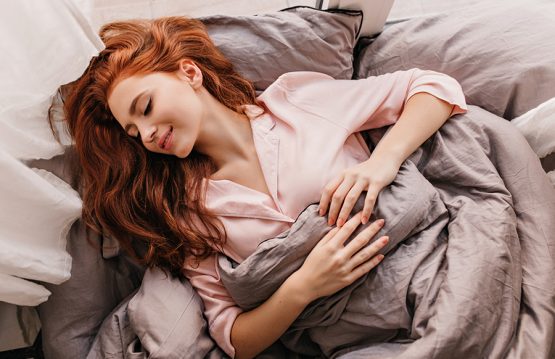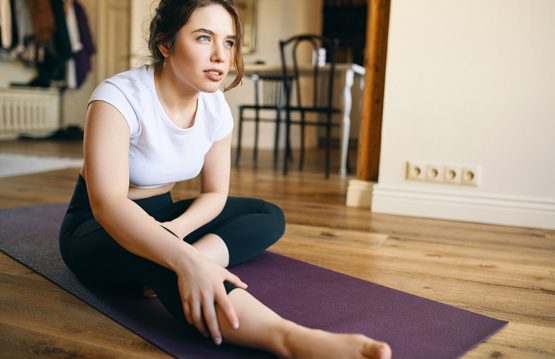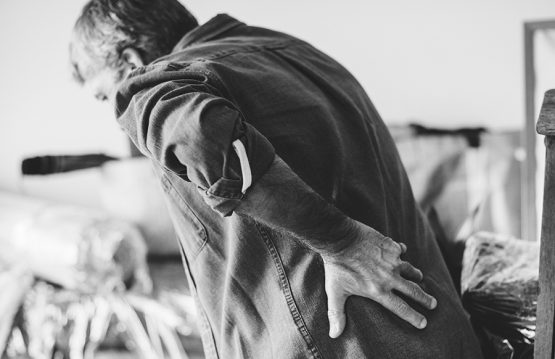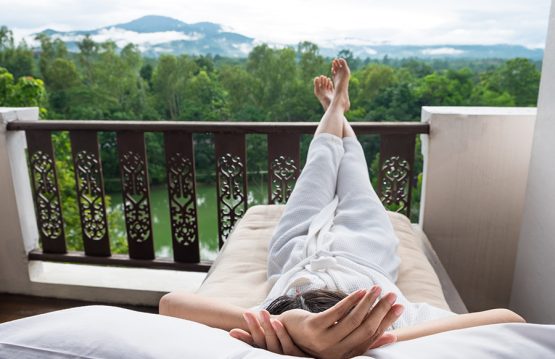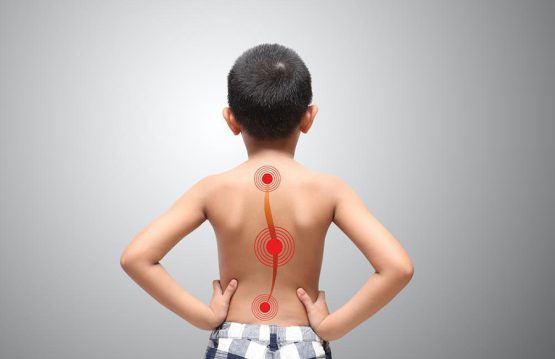What is the best sleeping position when you have back pain? If you suffer from certain diseases, irritations or have an ongoing pregnancy, certain sleeping positions, it may help you to rest better. Sleeping in the wrong positions can cause or worsen neck or back pain. The way you choose to sleep can reveal aspects of your personality.
When we are lying in bed, it is advisable to maintain the natural curvature of the spine. This can be done by adopting a posture that involves aligning the head, shoulders and hips, as well as providing the necessary support to the head. In general, the ideal posture is the one in which we sleep on our backs, with our heads on a firm pillow.
Since sleeping on your back is not a variant to consider for some of us, it is good to know that there are other positions that allow maintaining the curvature of the spine during sleep, but it takes a few fireworks.
CONTENT:
- Sleeping on one side
- Sleeping in the fetal position (fetus)
- Sleeping on your stomach
- Other recommendations to reduce back pain during sleep
Sleeping on one side
The sleeping position on one side is extremely comfortable, but it is contraindicated for people who have problems with low back pain. This is because this position changes the curvature of the spine, putting pressure exactly on the lumbar area.
You can still sleep in this position, but with one small change: inserting a pillow between your knees. By using this artifice, the leg is raised, thus aligning the hips with the pelvic area and the spine. Therefore, the curvature of the spine will be maintained.
Sleeping in the fetal position (fetus)
Sleeping in this position can relieve back pain, especially in people with a herniated disc. This is because, by raising the knees to the chest, the pressure on the intervertebral discs is reduced, making room between the vertebrae by bending the spine.
Its disadvantage is that it can cause neck or shoulder and hip pain. For those who want to sleep in this position, it is recommended to use a stronger pillow to lower the pressure on the shoulders, and a pillow held between the knees will help reduce pain in the lower back.
Sleeping on your stomach
Sleeping on your stomach can help stop snoring, but it can aggravate other medical conditions. The neck and spine are not in neutral positions when you take this shape, so you may wake up with pain in these areas. Sleeping on your stomach can put pressure on your nerves and cause numbness, tingling and pain in your extremities.
If you are among those who sleep like this, it would be good to try to adopt another sleeping position. But if you can’t get rid of this habit, you can use a pillow under your abdomen, a pillow that will lift the pelvic area, ensuring the natural curvature of the spine and taking the pressure on the lumbar side.
Other recommendations to reduce back pain during sleep
The pillow should help support your upper spine. If you sleep on your back, the pillow should completely fill the space between the neck and the mattress.
If you sleep on one side, try to use a thicker pillow to keep your head in line with the rest of your body. No matter how you sleep, do not hold the pillow under your shoulders. The memory foam pillow is a very good choice, given that it is shaped according to the position of your neck.
The mattress also plays an important role. It must be neither too hard nor too soft, it must provide adequate support. You will need to choose a mattress with the right firmness. It is important not to sleep on an old mattress. A memory foam, latex or orthopedic mattress may be the right choice, as long as the spine rests in a natural position.
You will also have to take into account your favorite sleeping position, if you like to sleep more on your back, then the mattress will have to be firmer to be able to support your back, and if you are used to sleeping on one side, the mattress will have to be a little softer, so as not to wake up with shoulder and hip pain.
If you have severe or worsening back pain, especially after sleep, you should talk to a doctor, so it is advisable not to delay the time.


